Getting Down to Business by Catherine Conner, CUC Instructor, Collaborative Practice Attorney and Mediator.
People who come to conflict professionals (mediators, lawyers, collaborative professionals) are often exhausted by their conflict. It may have been going on for weeks, months, or sometimes for years. They have an abundance of feelings – frustration, sadness, anger, disappointment, hope, dread, mistrustful, betrayed, anxious, and more. Yet often, both the conflict professionals and the parties have the fantasy that once the walk through the professional’s door, they will tamp down the emotions and “get down to business.” If it’s a legal dispute, then we should look at the law and the law doesn’t care about emotions. It is simply a question of becoming clear on the facts and applying the law to the facts. Or it could be an economic issue and we just need to get practical about what is the most rational way to solve the problem. If we can find the magic pill to stick to the facts and make the emotional side of conflict go away, we can just ignore feelings, “get down to business”, and find a solution.
This fantasy can leave conflict professionals feeling like they aren’t doing things right when they aren’t able to push aside their own or other’s feelings. If they were more skilled, less judgmental, more “professional”, they would be able to refocus everyone on the business at hand. But we know that brain research shows that the decision making is strongly influenced by the emotional side of the brain, and maybe informed by rationality, but certainly not created in rationality.
We can’t make feelings go away – no one can. Conflict is emotional – for the parties and for the professionals. When we pretend that we don’t need to deal with emotions, we can end up absorbing all of the upset in the conflicts we deal with. After years of working with divorcing families, I realized that I had suppressed a lot of sadness and it was leaking out. I eventually hit a crisis point when I decided I had to find a different way of working. People who come to our programs sometimes have reached the same point. One attorney who was a litigator told us she felt she was being eaten alive by her work.
The good news is we can use emotions to help work through conflict and find a way through what’s going on rather than pretending they don’t exist when we all know (hush-hush) that they do. When we acknowledge, accept and allow our emotions to exist in our professional life, we don’t have to hide part of ourselves when we are working. When conflict professionals start to get this, that’s when they get excited: “You mean I can use this? It’s okay to feel the way I feel? It doesn’t make me a bad person?” There’s a place to go with the emotion, something to do with it. They can say, “This is who I am – a feeling person who wants to get beyond black and white models in which one person is always good, the other bad, or there is only one right or wrong. What I’ve been trying to do my whole professional life is to find a way to be more myself when I’m working, so I don’t have to hide myself.”
And when we acknowledge and pay attention to our own emotions, we respond differently to the emotions of the other people in the room – the parties and other professionals. The emotion we notice in ourselves may be a sign that someone else is feeling similarly or it may be an indication that we are reacting to someone else in a way that we should pay attention to. By being curious and examining why a particular emotion is arising, we can choose how to respond. I may be moved to comment on the sadness that seems to be underneath someone’s anger as I feel that sadness as I listen to them. Or I may notice that I am pulling back from someone as I react to their hostility. My curiosity about what is provoking both of us may help me to understand the situation differently and move towards rather than away from them.
Initially when I started paying attention to my emotions, it was quite challenging. At a self-reflection retreat, Norman Fischer led us in a meditation in which as we breathed in, we let in difficult emotions and as we breathed out, we imagined transforming them and sending out healing. By the end of the meditation, I was in tears from the tsunami of emotions I had previously absorbed and ignored, and was now unleashing. Norman suggested that I could use a ratio other than one to one, perhaps one breath of taking in the emotions to four or five breaths of releasing them. I practiced this for some months and as I found more balance inside of me, I was able to respond differently to emotions in the room when working as a conflict professional. As I was able to consciously pay attention to and acknowledge mine and other people’s emotions in the midst of conflict, the understanding in the room increased and the death grip of ignored emotions decreased. The attitude of “of course, difficult emotions are here and welcome” paradoxically results in a more relaxed atmosphere in which we are able to work through all aspects of a conflict.
There will always be more. New challenges and new opportunities. In facing the challenges, we so often discover the opportunities. In pursuing the opportunities, we find ourselves facing new challenges. New challenges are new opportunities if we recognize and allow them.
